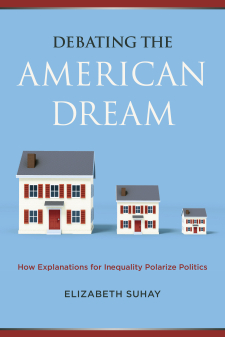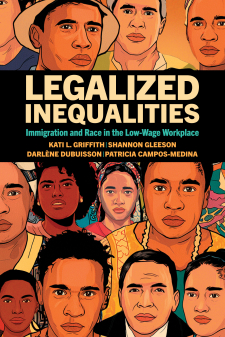Explaining Black Socioeconomic Mobility After the Great Depression
In 1870, the average Black household held 3 percent of the wealth held by the average white household; 150 years later, Black households hold only 10 percent of the wealth held by whites. These disparities limit the capacity of Black households to invest in physical and human capital and to buffer economic shocks. While a large literature examines factors contributing to these inequities, few economists have examined the role of the Great Depression and associated policies in shaping Black socioeconomic mobility. The Great Depression was perhaps the most consequential event in post-emancipation history and had very racialized dimensions. Economist Katherine Eriksson and her colleagues would extend their research on the labor market effects of the Depression to examine its effects on the economic status of Black Americans over the last century. They propose to address several questions. First, what were the short-run, life-course, and intergenerational effects of the Great Depression on the labor market and other economic outcomes of Black Americans? Did the Depression represent a break in the trajectories of Black social mobility, and can these events contribute to our understanding of the persistent racial gaps in human capital and wealth accumulation today? The investigators will analyze restricted-access Census longitudinal microdata that they will link for 1920, 1930 and 1940. This will allow them to 1) assign initial exposure to local economic conditions (including Depression severity), and 2) track labor market and other economic outcomes in the short/medium run.





